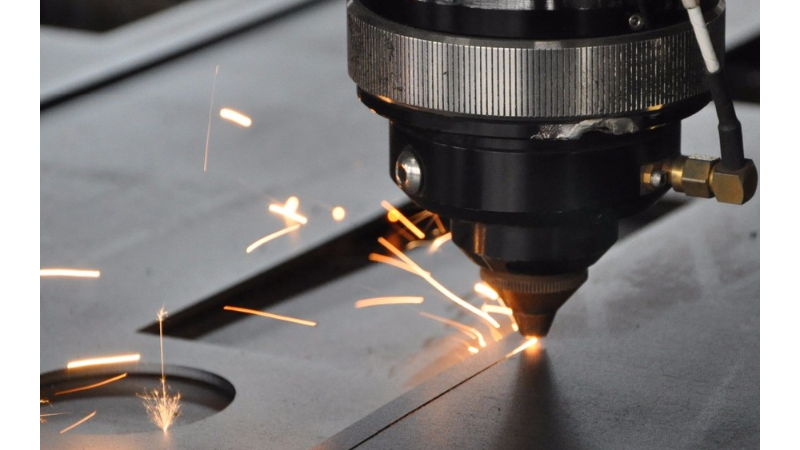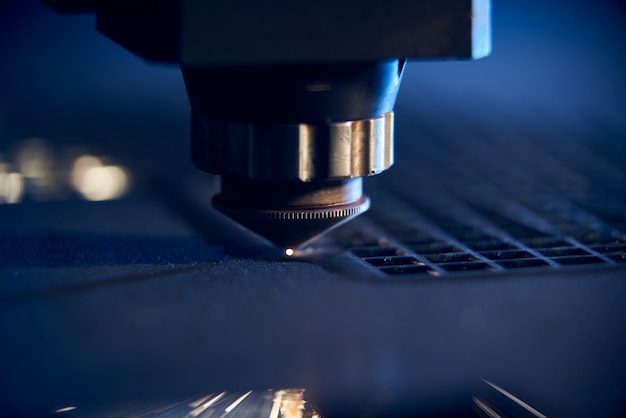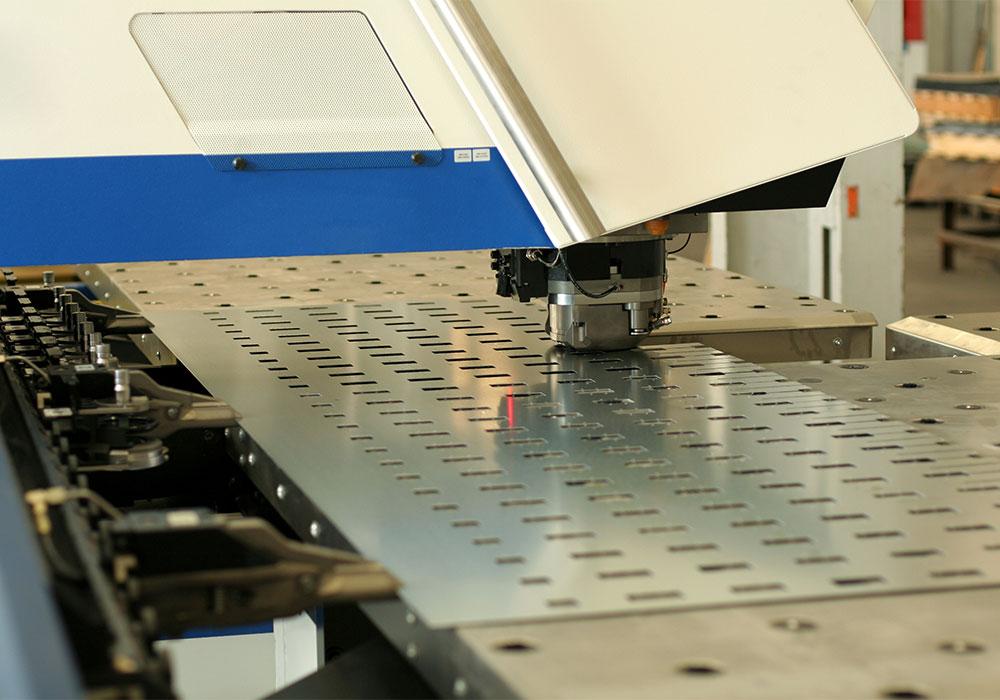In the world of industrial manufacturing, ensuring the stability and efficiency of machinery is paramount. One of the critical aspects in this regard is understanding the stamping press foundation requirements. A well-designed foundation not only supports the press but also enhances its performance, longevity, and safety. Whether you are setting up a new facility or upgrading an existing one, comprehending these requirements is essential for optimal operation.
Before diving deep into the specific requirements, it’s important to grasp what a stamping press is and its significance. A stamping press is a machine used to shape or cut metal by deforming it with a die. It plays a crucial role in industries such as automotive, aerospace, and consumer electronics. For more insight into how these machines work, check out this article on stamping press machines.

Understanding Stamping Presses
Types of Stamping Presses
The first step in comprehending stamping press foundation requirements is recognizing the types of presses available. There are mechanical, hydraulic, and servo-driven presses, each with unique needs and advantages. Mechanical presses, for example, are known for their speed and efficiency, making them ideal for high-volume production. Hydraulic presses, on the other hand, offer versatility and precision, suitable for complex shapes and materials. Servo-driven presses combine the best of both worlds, offering high speed and precision control.
Importance of a Solid Foundation
A solid foundation is crucial because it directly affects the machine’s performance. An inadequate foundation can lead to misalignment, excessive vibrations, and even structural damage. These issues not only reduce the efficiency of the press but can also result in costly repairs and downtime. Thus, understanding and implementing the correct stamping press foundation requirements is vital.
Key Factors in Foundation Design
Load-Bearing Capacity
The foundation must be designed to support the weight of the press and any additional loads it may encounter during operation. This includes the static load when the machine is at rest and dynamic loads during operation. Engineers must calculate these loads accurately to ensure the foundation can withstand them without settling or shifting.
Vibration Control
Vibrations are a common issue with stamping presses, and they can lead to reduced precision and increased wear and tear. The foundation should be designed to dampen these vibrations effectively. This often involves using materials and construction techniques that absorb and dissipate vibration energy. For more on managing vibrations and other quality control measures, visit quality control in stamping.
Site Conditions
The site’s soil type, moisture content, and topography must be considered when designing the foundation. Different soil types have varying load-bearing capacities and may require special preparation or reinforcement. Additionally, the foundation design must accommodate any potential environmental or seismic activities in the area.
Design and Construction Considerations
Foundation Materials
The choice of materials for the foundation is critical. Common materials include reinforced concrete, which provides the necessary strength and durability. In some cases, steel reinforcements are added to enhance the foundation’s load-bearing capacity and resistance to vibration.
Foundation Size and Depth
The size and depth of the foundation are determined by the press’s size, weight, and operational requirements. A larger, heavier press will require a more substantial foundation. Engineers calculate these dimensions based on detailed load analyses and site conditions.
Installation Process
Site Preparation
Proper site preparation is essential for a successful foundation installation. This involves clearing the site, leveling the ground, and addressing any soil issues. Proper drainage must also be established to prevent water from undermining the foundation.
Pouring the Foundation
Once the site is prepared, the concrete foundation is poured. This step must be executed with precision to ensure a level and stable base. It may involve setting up formwork and reinforcing bars to achieve the desired strength and shape.
Curing and Finishing
After pouring, the concrete must be allowed to cure properly. Curing ensures the concrete reaches its full strength and durability. Once cured, any necessary finishing work, such as smoothing and sealing, is performed.
Maintenance and Monitoring
Regular Inspections
Even with a well-designed foundation, regular inspections are crucial. These inspections help identify any signs of wear, settling, or damage that could affect the press’s performance. Addressing these issues promptly can prevent more significant problems and costly repairs.
Vibration Analysis
Regular vibration analyses can help ensure the foundation continues to dampen vibrations effectively. These analyses identify any changes in vibration patterns, which can indicate issues with the foundation or the press itself. For more insights on improving stamping press productivity, visit productivity improvement.
Conclusion
Understanding and implementing the correct stamping press foundation requirements are essential for the efficient operation of any press. By considering factors such as load-bearing capacity, vibration control, and site conditions, manufacturers can ensure their presses operate smoothly and safely. Regular maintenance and monitoring further enhance the longevity and performance of the foundation and press. For those interested in the broader applications of metal stamping, such as in medical devices, further reading is available on medical device stamping.

FAQs
Why is a stamping press foundation important?
A solid foundation ensures the stability, efficiency, and safety of a stamping press, preventing issues like misalignment and excessive vibrations.
How do I determine the right foundation size?
The foundation size depends on the press’s weight, size, and site conditions. Engineers calculate this using detailed load analyses.
What maintenance is required for a stamping press foundation?
Regular inspections and vibration analyses are essential to identify and address any issues, ensuring the foundation continues to support the press effectively.
This article contains affiliate links. We may earn a commission at no extra cost to you.

